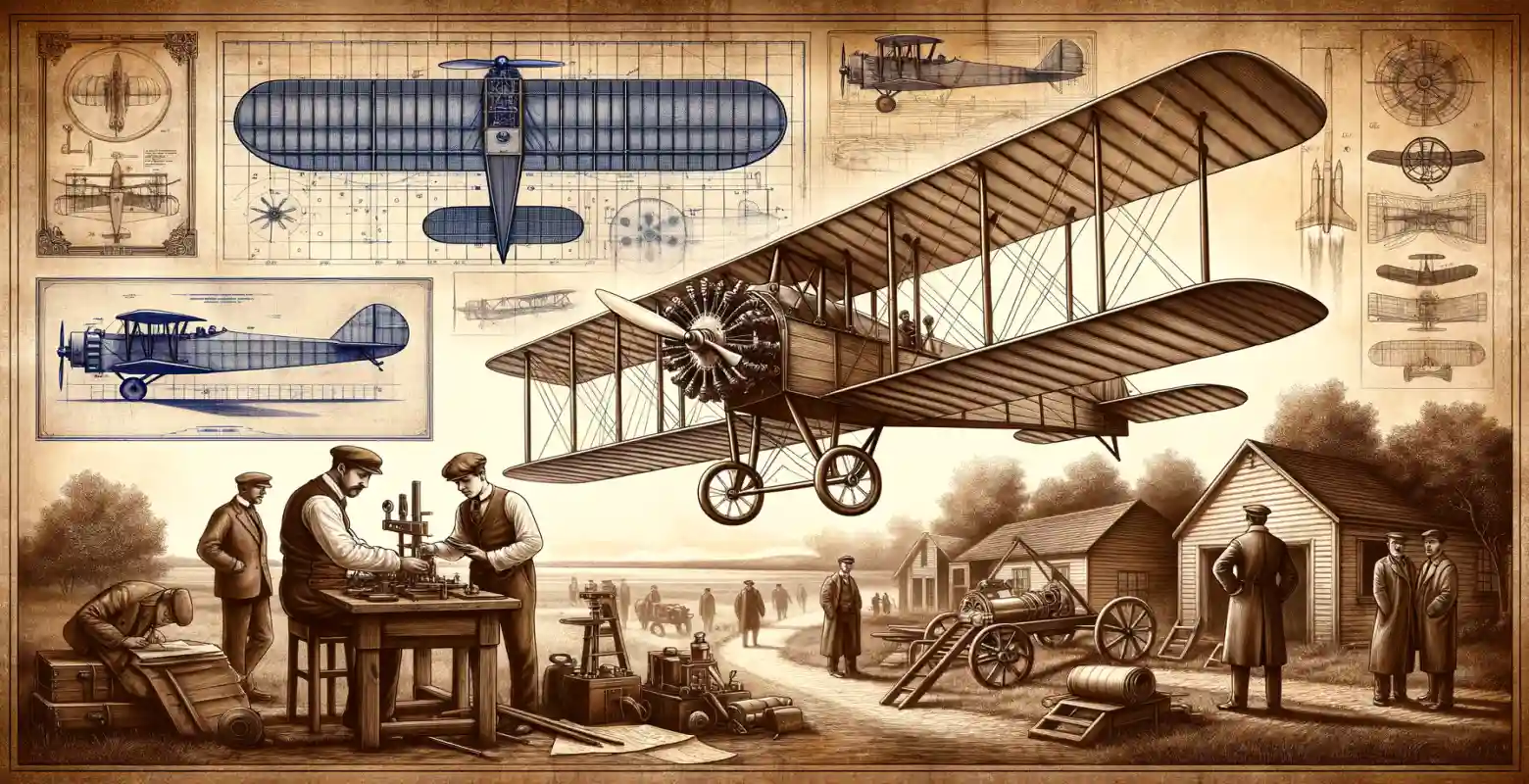The first airplanes - how did it all begin?
Introduction
The first airplanes are a milestone in the history of humanity that revolutionized the way we perceive travel and communication. Since the moment when man first soared into the skies, aviation has become a symbol of innovation and technological progress. Understanding how it all began is crucial not only for aviation enthusiasts but also for anyone interested in the history of technology and its impact on our daily lives.
In this article, we will trace the first steps taken by humans towards mastering the art of flying. We will discover the technical and social challenges that aviation pioneers had to overcome to turn their dreams of flying into reality.
The beginnings of the dream of flying
The dream of flying is as old as humanity itself. For centuries, people have been inspired by nature, observing birds gliding through the skies. Stories and myths about flying, such as the Greek myth of Icarus and Daedalus, have been around since ancient times. However, for centuries, these dreams remained in the realm of fantasy.
The first serious attempts to construct a machine capable of flying took place during the Renaissance. In the 15th century, Leonardo da Vinci created many drawings and sketches of flying machines, including the famous ornithopters. Although his projects were never realized, they served as inspiration for future generations of inventors.
Aviation pioneers – from balloons to airplanes
In the 18th century, the Montgolfier brothers made the first successful flight in a hot air balloon, which was a groundbreaking achievement in the field of aviation. However, the real revolution came at the beginning of the 20th century.
Key figures in aviation history are the Wright brothers – Orville and Wilbur. On December 17, 1903, in Kitty Hawk, North Carolina, they made the first successful powered flight with an airplane. Their machine, named Flyer I, took to the air for 12 seconds, covering a distance of 36.5 meters. Although it was a short flight, it marked the beginning of a new era in transportation history.
Technical aspects of the first airplanes
The first airplanes were incredibly simple constructions compared to today's machines. The Wright brothers' Flyer I consisted of a wooden frame covered with fabric, powered by an engine with only 12 horsepower. The pilot lay on the lower wing, controlling the machine with rods and wires.
One of the biggest challenges faced by aviation pioneers was developing an effective control system. The Wright brothers solved this problem by introducing an innovative solution in the form of wing warping, which allowed for controlling the aircraft's roll.
Development of aviation in the first half of the 20th century
After the success of the Wright brothers, aviation began to develop at a rapid pace. In the 1920s and 1930s, numerous new airplane designs emerged in Europe and the United States. During this period, the first passenger airplanes appeared, contributing to the popularization of air travel.
In the interwar period, the development of aviation was also driven by military needs. During World War I, airplanes began to play a crucial role on the battlefield, leading to the intense development of aviation technologies.
Challenges and successes of the early years of aviation
In the early years of aviation, challenges were abundant. Accidents were frequent, and the risks associated with flying were high. Many aviation pioneers paid for their dreams with their lives. Nevertheless, each disaster was a lesson that contributed to improving the safety and reliability of flying machines.
Despite the difficulties, aviation quickly gained popularity. The speed and ability to cover long distances in a short time made airplanes invaluable tools in trade, communication, and military transport.
The legacy of aviation pioneers
Thanks to the determination and innovation of aviation pioneers, today's airplanes are incomparably more technologically advanced and safe. Contemporary aviation is not only about fast international travel but also about space exploration and the development of unmanned technologies.
The legacy of the first aviators is evident in every aspect of modern aviation. Their dreams and determination have become the foundation for future generations of engineers and inventors.
Summary
The first airplanes were just the beginning of a long journey that aviation has traveled to become what it is today. The history of the early flights is a tale of courage, innovation, and a relentless pursuit of pushing boundaries. Today, looking at giant passenger airplanes and futuristic drones, it's worth remembering those who first defied gravity and opened the way to the skies for us.
Thank you for reading this article. If you are interested in further exploring the history of aviation, we encourage you to search for books and documents dedicated to this fascinating field.






Number of comments: 0